When people hear the term health equity, it often sounds like one of those vague catchphrases, something tossed around in presentations and mission statements. But for those of us who’ve lived the consequences of inequity in the healthcare system, we know it’s not just language. It’s life or death.
I want to talk about what health equity really means, why it’s often misunderstood, and how systemic racism continues to shape who gets care and who doesn’t.
Health Equity vs. Health Disparities
First, let’s get clear on definitions.
Health equity and health disparities are not interchangeable terms. According to the World Health Organization (WHO), health equity means that everyone should have a fair opportunity to achieve their full health potential, and no one should be disadvantaged from achieving this potential because of social position or other socially determined circumstances.
Health disparities are largely preventable health differences that adversely affect populations who experience greater challenges to optimal health. These differences are closely tied to intergenerational social, economic, and environmental disadvantages
“To truly move toward equity, we must confront the root causes behind those disparities.”
– Dr. Yvette Colón
I’ve compiled a list of advocacy resources that explore health disparities and patient empowerment.
The Role of Social Determinants and Systemic Bias
So what’s getting in the way?
Social determinants of health (SDOH), like income, education, housing, and neighborhood conditions, have a more profound impact than medical care or lifestyle choices due to their unequal distribution and influence on health outcomes.
But there’s another layer: systemic racism in medicine. And it’s not just history, it’s happening right now.
Many clinical algorithms still include race as a biological factor, suggesting Black and Brown bodies are structurally different. These calculations assume we have stronger lungs, thicker skin, or tougher bones. This “correction factor” underestimates the severity of our symptoms and delays diagnosis and treatment.
The result? Black and Brown patients continue to suffer, often silently and invisibly.
I also address systemic racism in medicine in my speaking engagements, where I share both research and lived experience.

Underrepresentation in Research
The disparities don’t stop at the clinic door.
Black Americans make up roughly 14% of the U.S. population, yet we represent only 5–7% of participants in cancer clinical trials. I wasn’t offered the option to participate in a trial. No one brought it up. I assumed my doctors were presenting every possible avenue but they weren’t. Whether or not I would’ve qualified is beside the point. I should’ve been informed.
That silence speaks volumes.
When the Damage Starts Early
Until recently, I never considered why I got pancreatic ductal adenocarcinoma. I didn’t fit the risk profile, or so I thought.
But then I remembered something from my childhood: the shoe factory across the street from our apartment building. It caught fire and burned for a full week. Thick, black smoke blanketed our block. We later learned the building had stored toxic, cancer-causing chemicals.

I can’t help but wonder: how many of us from that neighborhood have cancer now?
That’s the long tail of environmental racism. And it’s part of the health equity conversation too.
Where Do We Go from Here?
Fixing this isn’t simple. But there are places to start:
- Medical and professional schools must integrate education on health equity and systemic racism into their training, not just as electives, but as core curriculum.
- Government agencies must invest in equity-focused initiatives and be held accountable by the communities they serve.
- And those of us who’ve been affected, patients, caregivers, survivors, we must keep telling the truth.
This is personal for me. It’s not just about buzzwords or checklists. It’s about making sure no one else slips through the cracks, unheard or unseen.
Click here to read more about the causes, impacts, and solutions to Systemic Racism in Healthcare by Healthcity.org.
If you’re interested in how I bring these ideas into my public speaking, take a look at What I Shared at the Toastmasters Meeting. The blog is linked below.
Don’t Miss Out!
To get future posts on survivorship and advocacy delivered straight to your inbox, subscribe to my blog today.
Discover more from Dr. Yvette Colón
Subscribe to get the latest posts sent to your email.
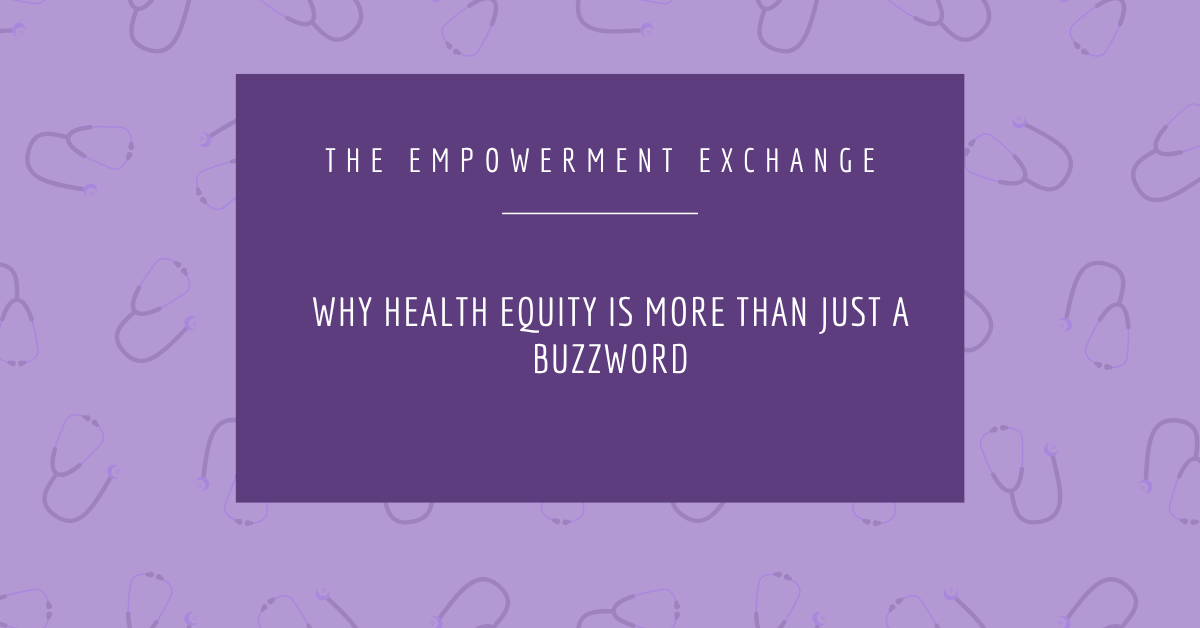
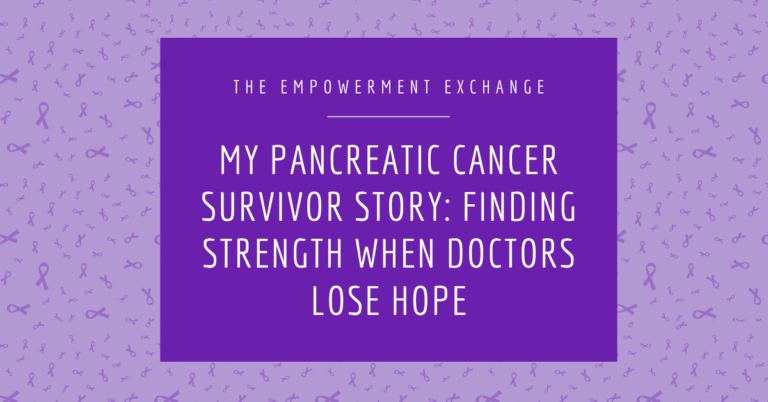
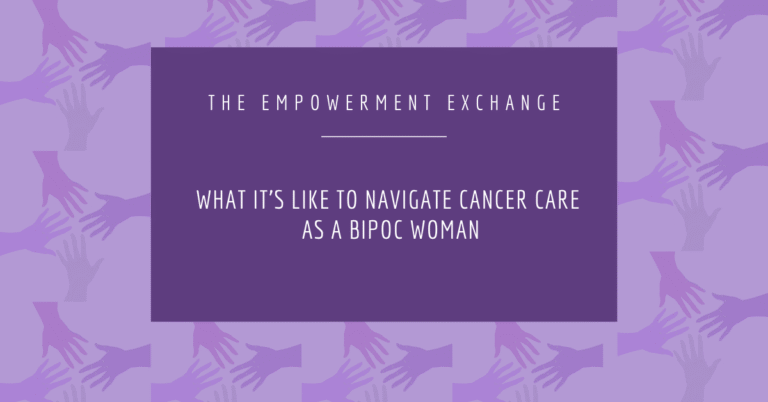
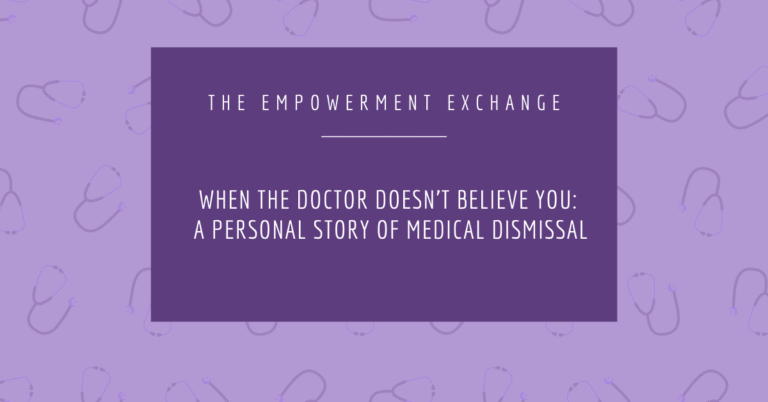
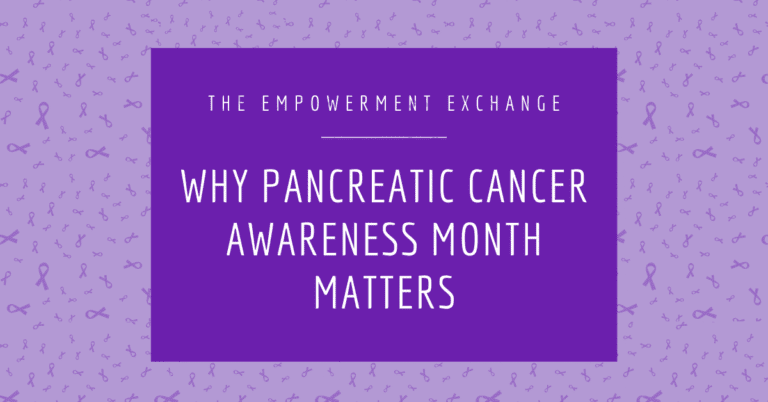
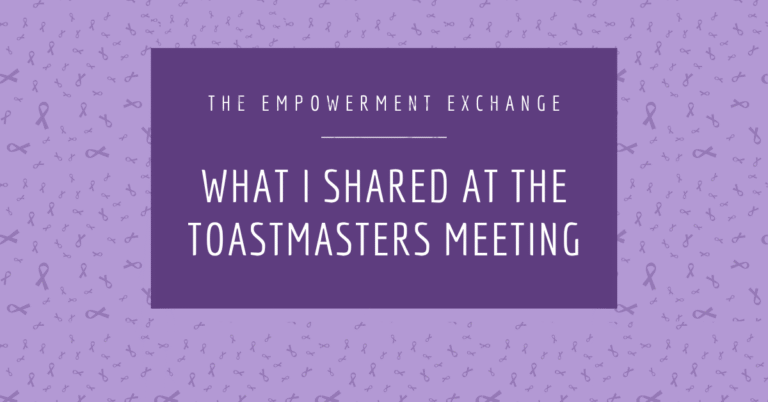
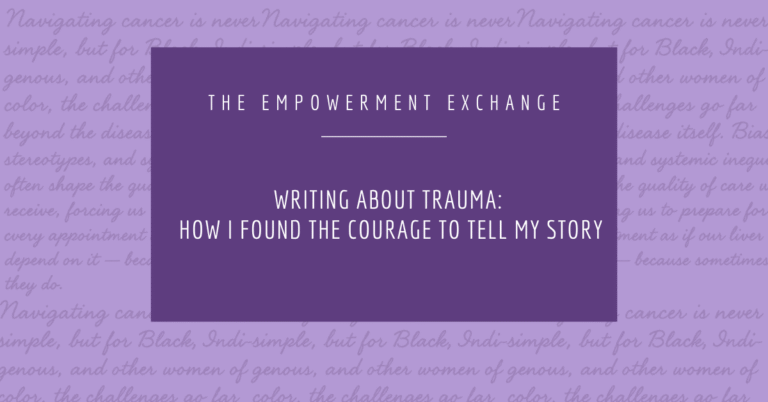
One Comment